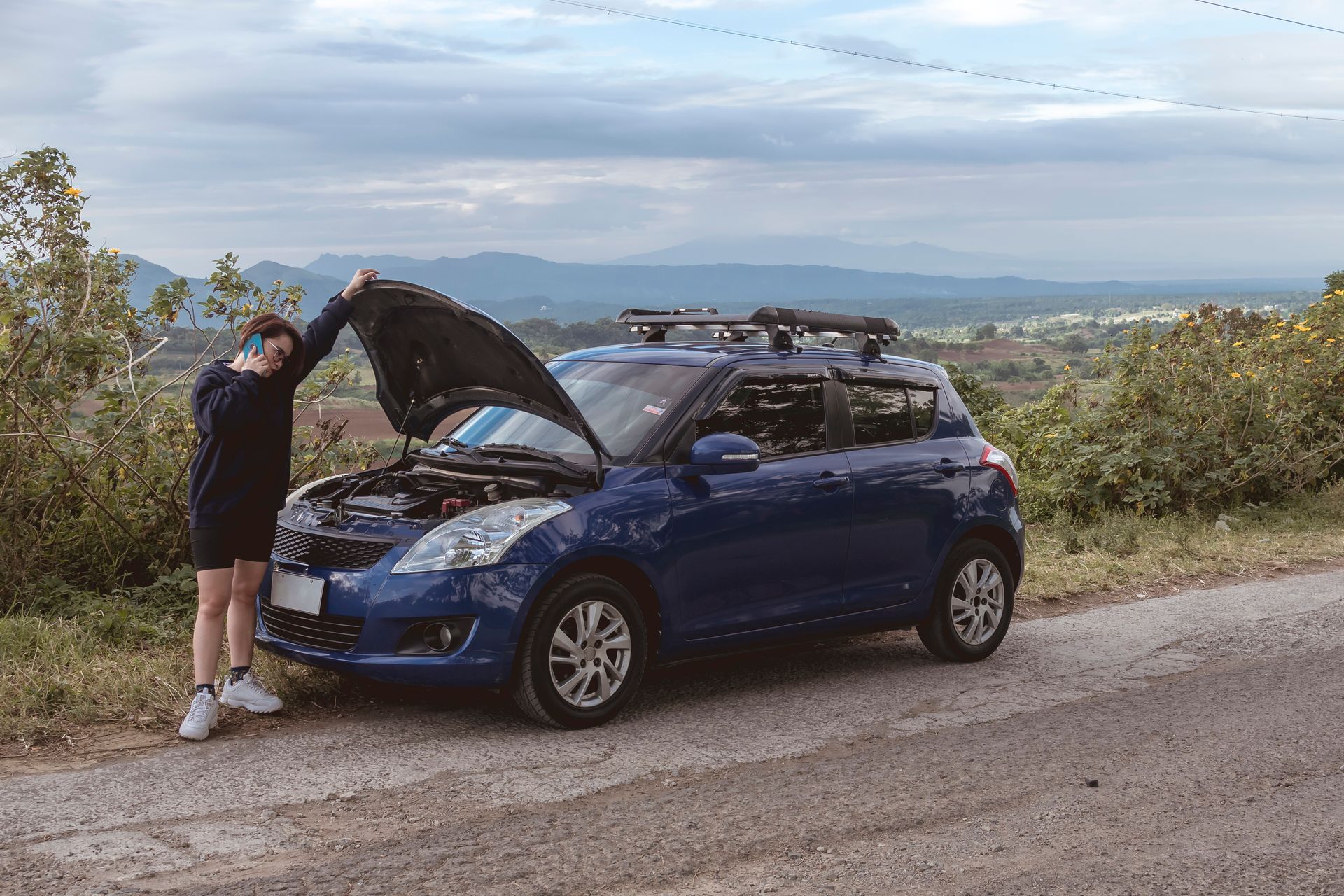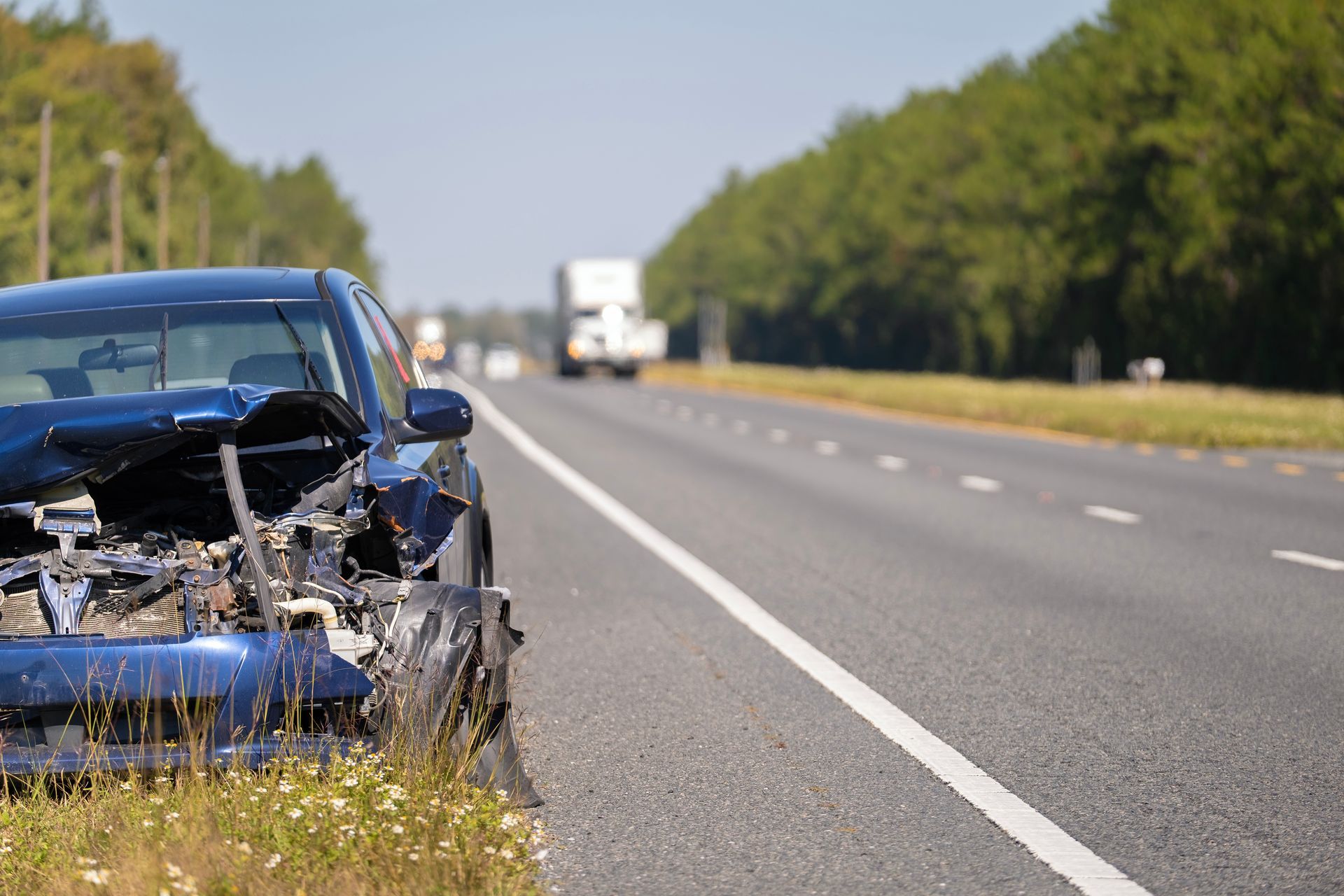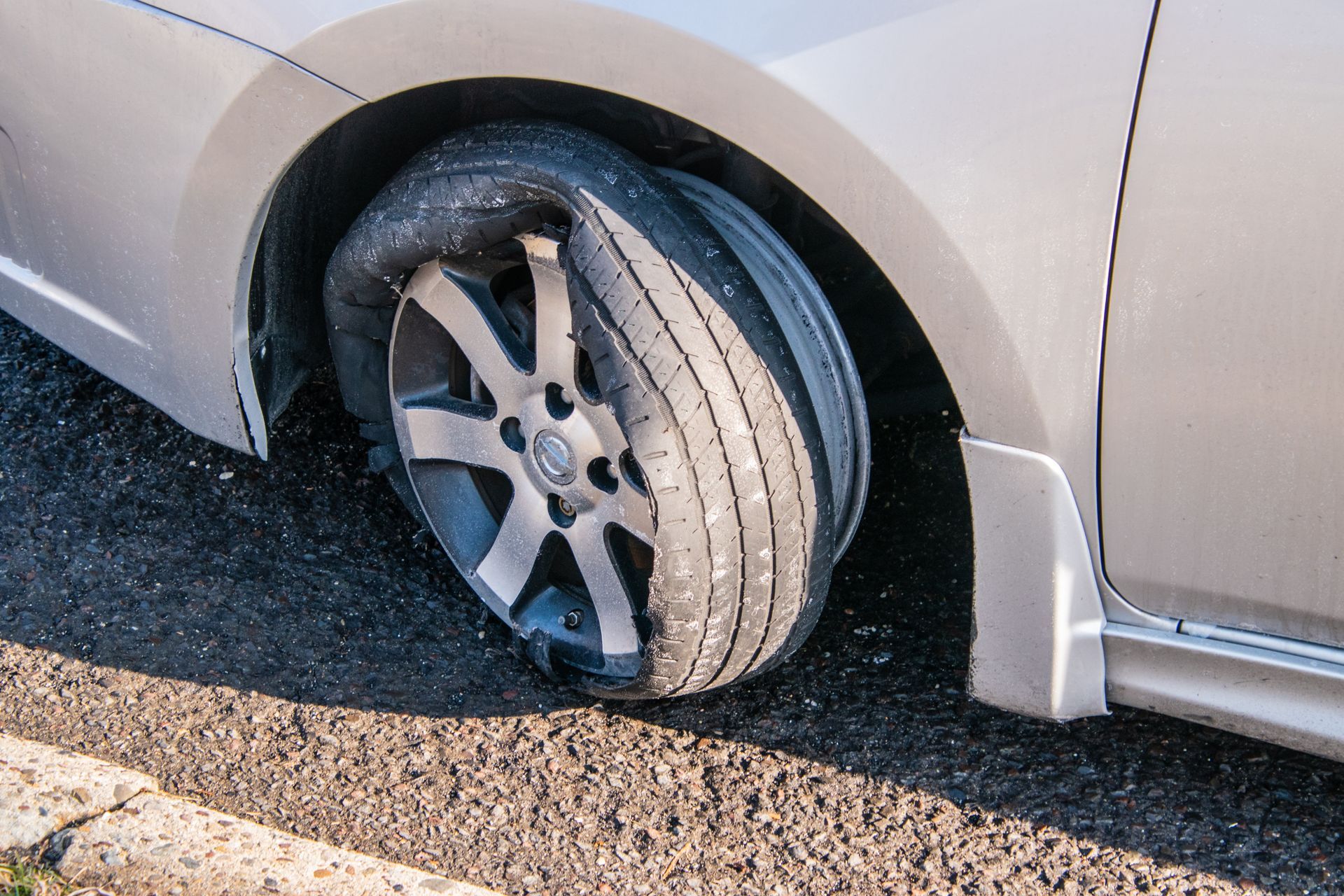How Do You Properly Secure Your Vehicle on a Tow Truck?
Transporting a vehicle, whether due to a breakdown, relocation, or after an accident, requires meticulous attention to detail to ensure it is done safely and correctly. The process of securing a vehicle on a tow truck is crucial to prevent any further damage during transport. This guide will walk you through the essential steps and considerations for properly securing your vehicle, highlighting practices that are applicable across different models of tow trucks.
Preparing Your Vehicle for Towing
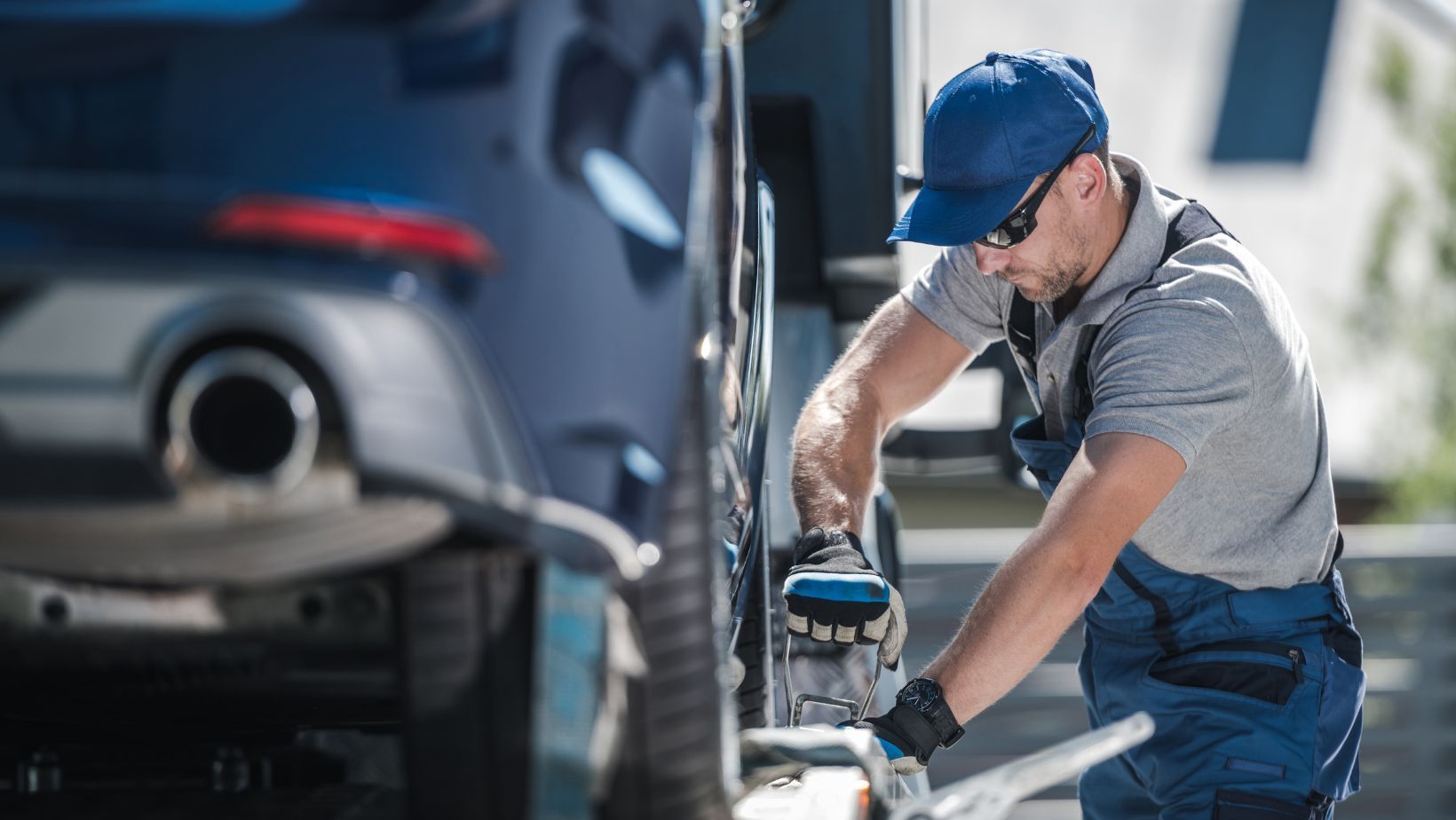
Before your vehicle is loaded onto a tow truck, a thorough assessment of its condition is necessary. This step is not just about identifying existing damage for insurance purposes; it also involves checking for any loose parts that could pose a risk during transportation. Ensuring that your vehicle is in a condition that's safe for towing is the first step in a successful transport process.
It's equally important to remove all personal items and valuables from your vehicle before it's towed. Not only does this protect your belongings from potential theft or damage, but it also reduces the risk of something shifting inside the car and causing damage to the interior. Clearing out your vehicle also makes it easier for the towing service to secure it properly.
Choosing the Right Tow Truck
Understanding the different types of tow trucks is essential for choosing the right one for your vehicle. Flatbed tow trucks are often the safest option, as they allow the vehicle to be transported entirely off the ground, minimizing wear and tear. Hook and chain tow trucks, while less commonly used for passenger vehicles due to the risk of damage, may be suitable for certain situations. Wheel lift tow trucks are a compromise, offering more security than hook and chain with less expense than flatbeds.
Selecting the appropriate tow truck depends on your vehicle's weight, size, and drivetrain. A flatbed tow truck is generally preferred for all-wheel-drive and four-wheel-drive vehicles to prevent transmission damage. Understanding your vehicle’s requirements and discussing them with the towing service ensures that the right type of tow truck is used for the job.
Securing the Vehicle on the Tow Truck
Properly positioning your vehicle on the tow truck is critical for balance and safety. On a flatbed tow truck, the vehicle should be centered with equal weight distribution to avoid any tilting or shifting during transport. This step is crucial for preventing accidents or damage to your vehicle.
The equipment used to secure your vehicle on a tow truck, such as wheel straps, safety chains, and winches, must be properly selected and utilized. Wheel straps should be snugly fitted around each tire, and safety chains must be attached to the vehicle's frame at secure points. Proper use of this equipment ensures that your vehicle remains firmly in place throughout the journey.
Safety Checks and Precautions
Once your vehicle is loaded and secured on the tow truck, a comprehensive double-check of all secure points is necessary. This includes rechecking the tightness of wheel straps, the attachment of safety chains, and the proper engagement of winches. Ensuring everything is correctly fastened minimizes the risk of the vehicle becoming loose during transport.
Making sure your vehicle is prepared for transport also involves adhering to legal requirements for visibility and safety. This might include the use of flags, lights, or reflective markers on the vehicle to enhance its visibility to other road users. Adhering to these legal requirements is crucial for the safety of all parties on the road.
During the Tow
If possible, monitoring your vehicle during transport can help ensure it remains secure. While it's the tow truck driver's responsibility to manage the tow, keeping an eye on the vehicle, when feasible, allows for early detection of any issues. This proactive approach can help prevent problems before they escalate.
Should you notice any sign of your vehicle becoming unsecured or if there are any issues during the tow, it’s important to alert the tow truck driver immediately. Professional towing services are equipped to handle such situations and can make the necessary adjustments to secure the vehicle properly.
Properly securing your vehicle on a tow truck is a vital process that requires attention to detail, the right equipment, and an understanding of your vehicle's specific needs. Following the steps outlined above will help ensure that your vehicle is transported safely and arrives at its destination without incident. The safety of your vehicle, the tow truck operator, and other road users depends on these precautions being taken seriously.
For those requiring towing services, opting for a professional and
experienced provider like Azteca Towing can make all the difference. Azteca Towing is committed to the highest safety standards, offering reliable towing services that ensure your vehicle is properly secured and transported with the utmost care.
Contact Azteca Towing for all your towing needs, where safety and customer satisfaction are always the top priorities.
Our Services
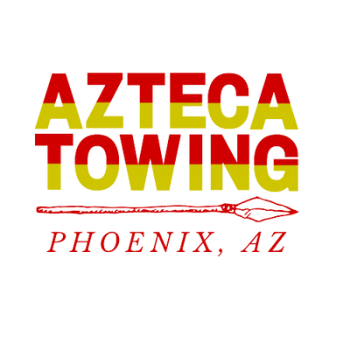
2435 S 6th Ave, Phoenix, AZ 85003, United States of America
AREAS WE SERVE
Send us a message
Send us a Message
We will get back to you as soon as possible.
Please try again later.


